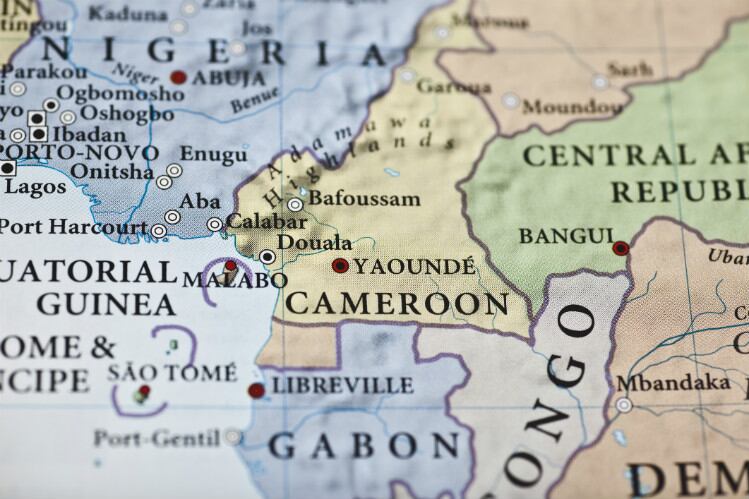The coalition will support the development of a viable model for sustainable cocoa farming in Cameroon. By focusing on the ‘next generation,’ CICC aims to help young farmers access land, training, financing and equipment.
Additionally, the letter of intent signed by Barry Callebaut and Cameroon will bolster incomes by encouraging crop diversification outside cocoa.
These improvements will not stop at harvest, the groups said. Together, they will establish ‘Centres of Excellence’ to properly treat cocoa beans post-harvest.
“Without cocoa farmers, there is no chocolate,” said Antoine de Saint-Affrique, CEO of Barry Callebaut. “By combining the expertise and resources on the ground from the CICC and Barry Callebaut we want to accelerate the progress towards a sustainable cocoa farming sector, in order for cocoa farming to remain an attractive professional future for young Cameroonians.”
Aging workforce
CICC debuted the New Generation program as part of a government stimulus package in 2012 to ‘rejuvenate’ cocoa farms while introducing young residents to the trade.
In some areas, the average age of a Cameroonian cocoa farmer exceeds 60 years. The New Generation initiative offers interested youth three years of training; successful participants who take on at least three hectares of farmland in turn receive additional advisory support.
Though the program has fallen short of expectations, due in part to its $1bn price tag, it has created more than 1,500 hectares of cocoa farmland across the country.
According to the International Cocoa Organization (ICCO), Cameroon produces about 180k tons of cocoa annually, on farms that account for nearly 40% of cultivated soil. It is the fourth-largest producing nation – after Cote d’Ivoire, Ghana and Nigeria.
The government hoped output would jump to 600k tons by 2020, but that goal has sputtered to under 300k, as violence has engulfed the ‘Anglophone’ region of the country along the southern Nigerian border and the Gulf of Guinea.
The ICCO estimates that about nine of 10 rural residents makes a living in the cocoa sector.
In addition to being past the age to expand their existing plots, farmers struggle to access capital – especially since a 1992 law changed how cooperatives could function, according to the ICCO, which recommended that the government work in tandem with the major cocoa importers to improve the market system.
Researchers at the ICCO also recommended that Cameroon capitalize on ‘alternative markets,’ including single-origin cocoa, organic and Fair Trade.
Investment in progress
In April, Cameroon inaugurated a new processing plant in Kekem, about 175km (110 miles) from the port city of Douala, from which much of the country’s crop ships.
It can process 32k tons of cocoa annually, but a planned expansion could increase that capacity to 64k tons, said the CICC.
Prime Minister Joseph Dion Ngute, appointed in January 2019, is optimistic that the nation’s investment in processing will boost value-added cocoa.
In 2010, less than 15% of Cameroon’s cocoa was considered value-added, up to 32% today. The CICC estimates that the country could transition half of its production in the coming years.


